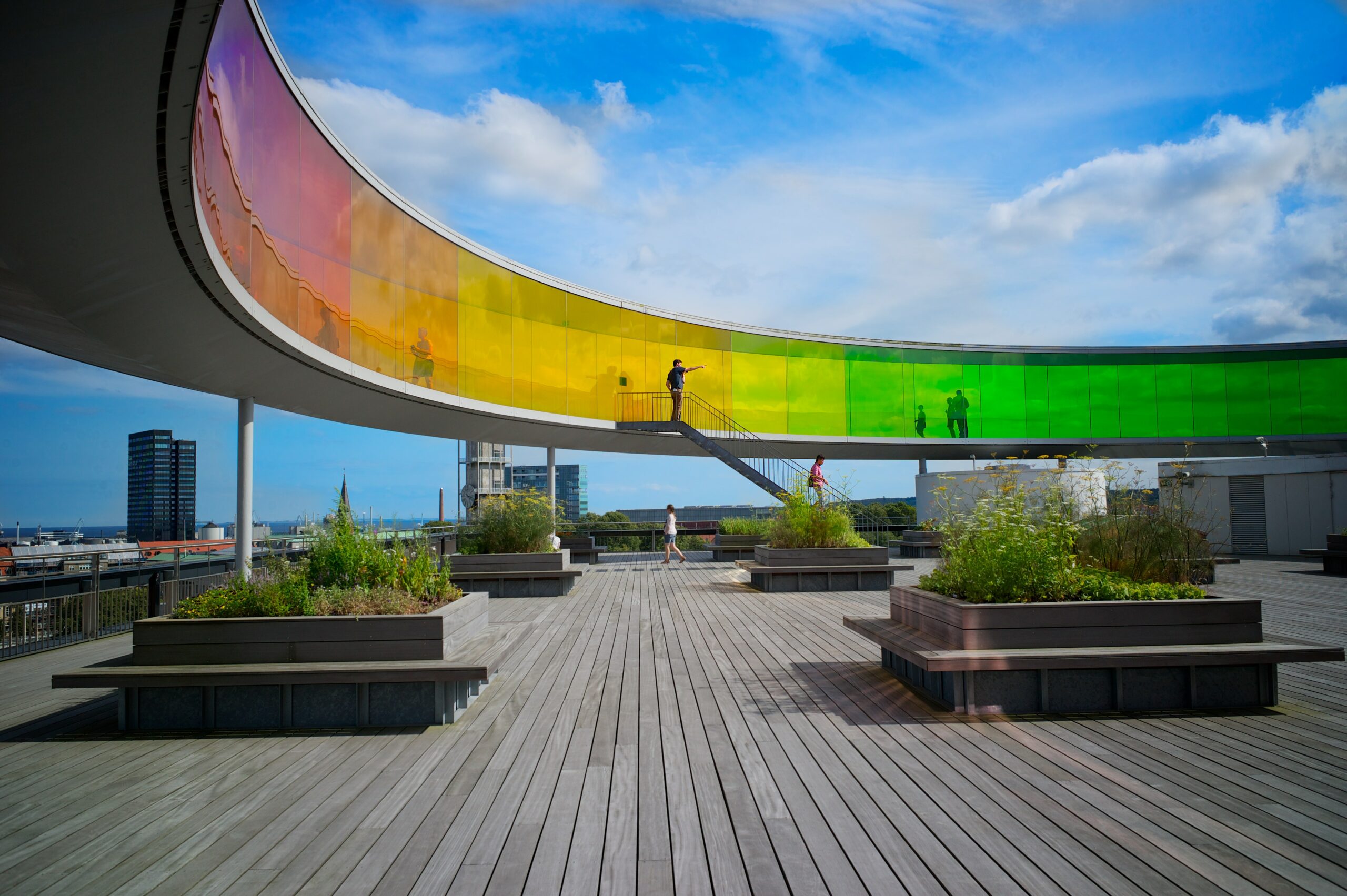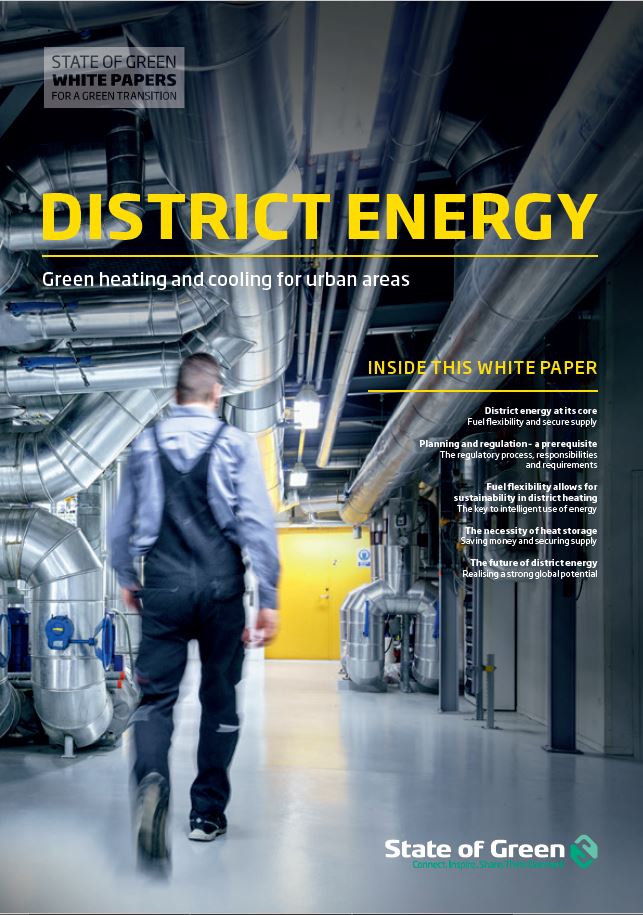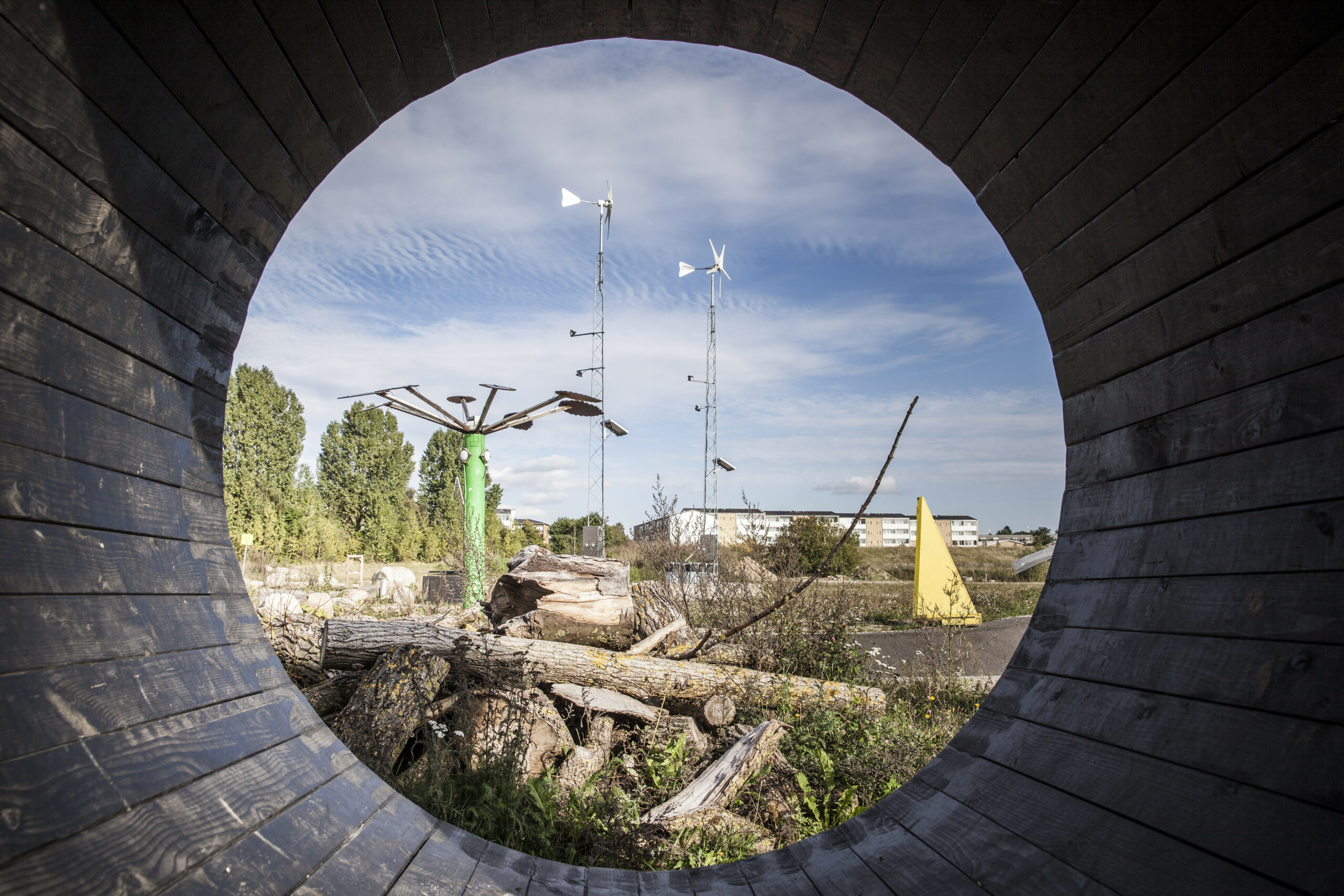Download the white paper: District Energy
Learn more about green heating and cooling for urban areas in Denmark.
Download the publicationNews
Geothermal energy
District heating


Denmark has extensive underground hot water reservoirs, which will now be pumped up and used to supply Danish homes with green and stable district heating. The Danish Parliament passed a new law on 2 March, paving the way for the country’s first large-scale geothermal plant in Aarhus. This plant is anticipated to be the EU’s largest geothermal facility.
The district heating company Kredsløb and the geothermal company Innargi A/S are behind the large project, which by the end of 2030 is expected to be able to cover approx. 20% of the district heating demand in Aarhus.
“Our ambitious climate goals make it necessary to use all green energy technologies. With the new rules, we are paving the way for green heat from the underground to 35,000 homes in Aarhus by providing good conditions for investment, while at the same time keeping a hand under the consumers” Lars Aagaard, Minister for Climate, Energy and Utilities
Also read: Aarhus announces EU’s largest geothermal district heating system

Learn more about green heating and cooling for urban areas in Denmark.
Download the publicationIn December 2021, the Danish Parliament agreed to lift price regulations for geothermal heat supply. In the future, district heating companies and geothermal operators will set pricing through a contract with a cost ceiling for consumers. The Danish Utility Regulator will approve and verify the conditions, ensuring that consumers do not bear the risk of underground drilling.
In Denmark, geothermal energy is estimated to be able to cover up to 15-20% of the heating demand. And work is already underway to utilize geothermal energy in the capital, Holbæk and Skanderborg:
“Similar projects are already being worked on in other cities, and I hope that in the long term, these can follow Aarhus’ example so that we make full use of the hot water under our feet, and more Danes are supplied with green heat from the underground” Lars Aagaard, Minister for Climate, Energy and Utilities
Geothermal power has the advantage of being more stable than weather-dependent renewables. But as an expensive and not yet mature technology, geothermal is still awaiting the explosive growth enjoyed by wind and solar.
Today, less than 1 % of Denmark’s district heating comes from geothermal energy, but the potential is far greater according to researchers. In 2020, a survey from GEUS, the Department of Geosciences and Natural Management at the University of Copenhagen and the Department of Geoscience at Aarhus University, showed that a sea of untapped potential lies deep beneath Denmark.

Find inspiration to solve your green challenge among cases, R&D projects, policy initiatives, products or services within district heating and geothermal energy.
Find solutionssolutions
Combined heat and power production
+6
publications
Combined heat and power production
+9